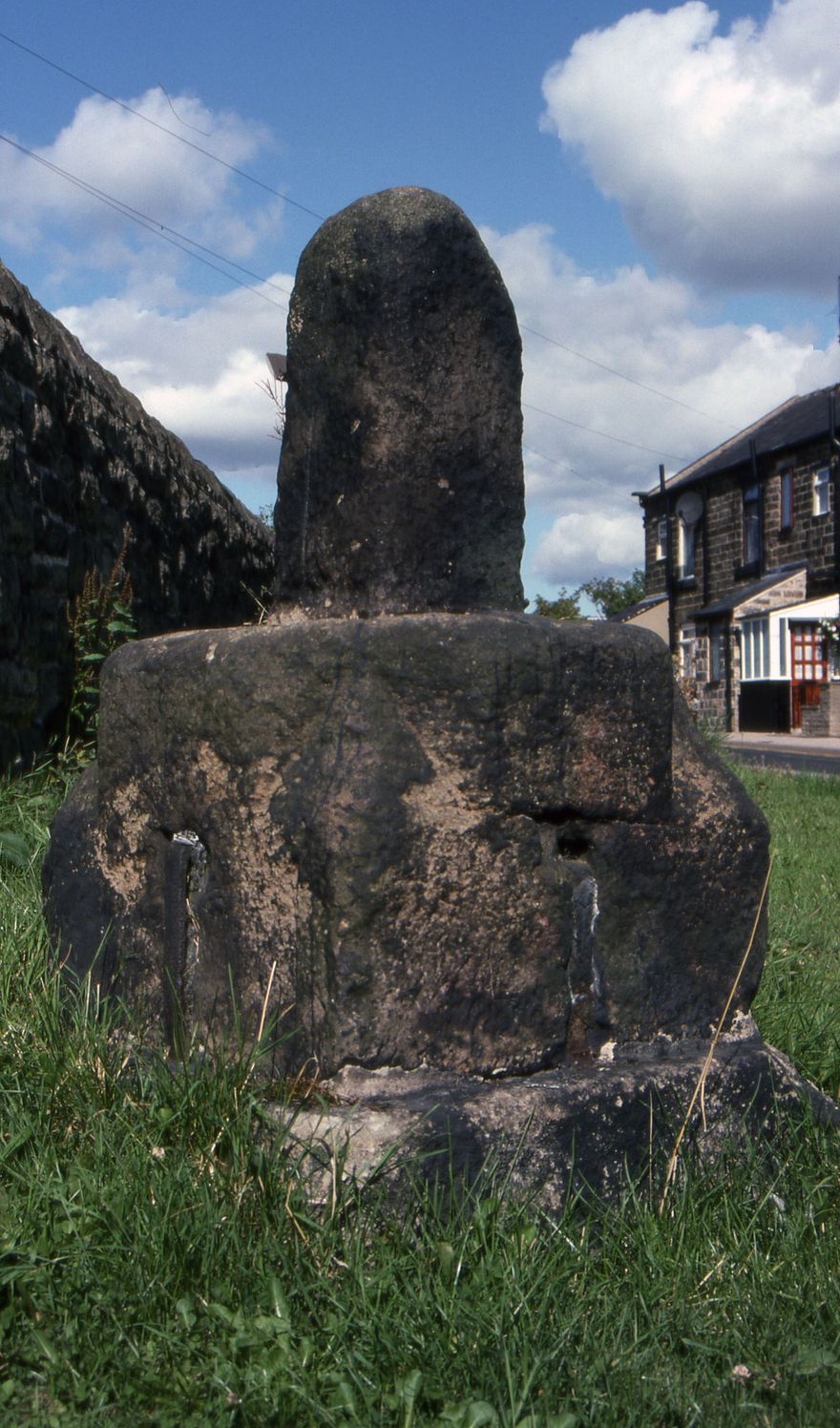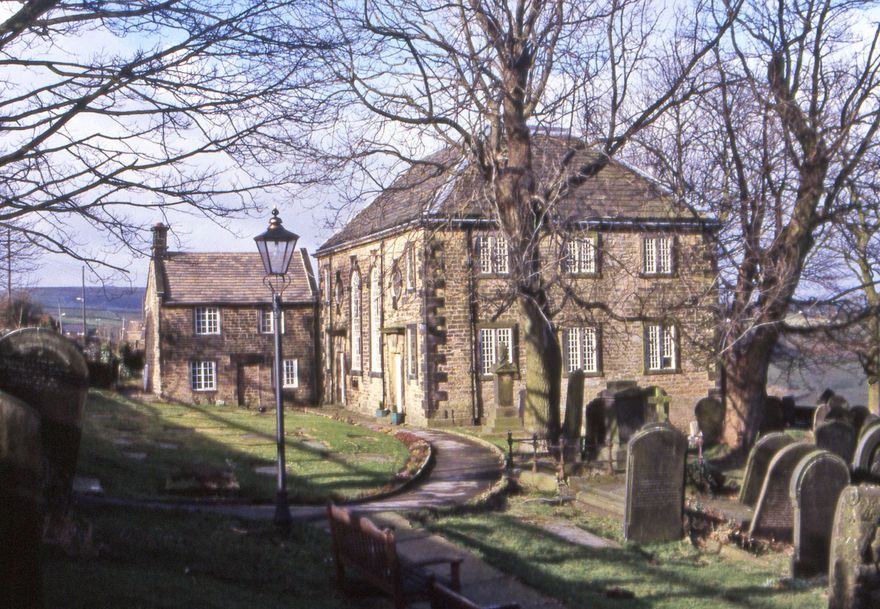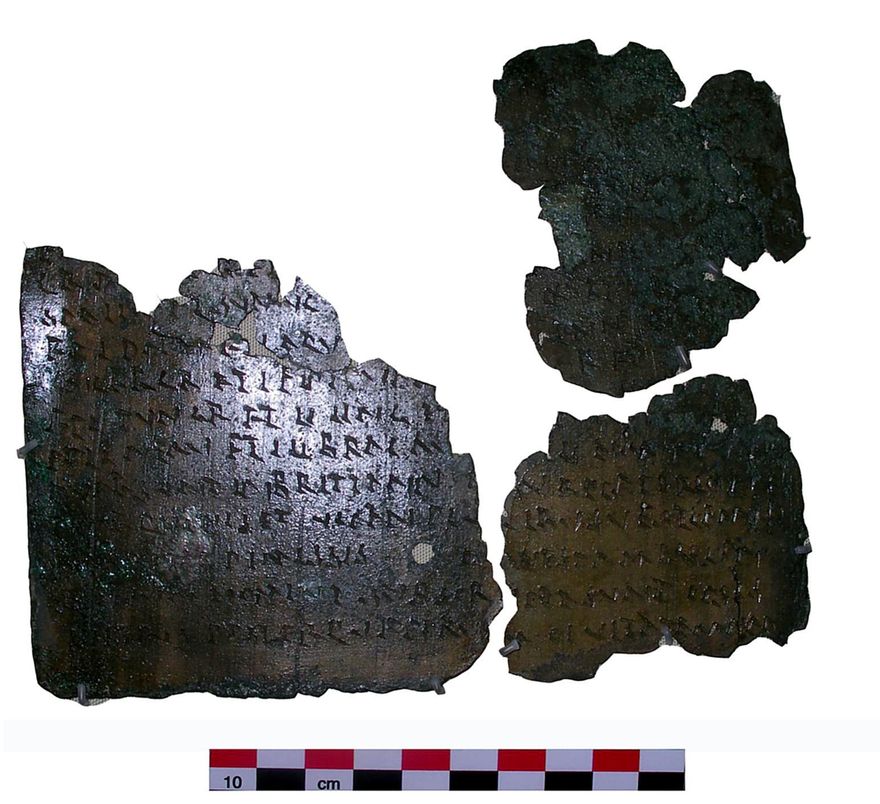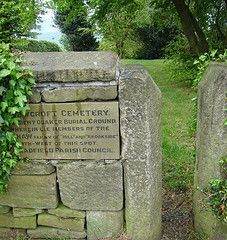Stannington History Group
A brief history of Stannington
The name Stannington may derive from “Stan” meaning “stone” and “tun” meaning “an enclosure, farmstead or village”.
The village of Stannington was originally a village in the West Riding of Yorkshire. Nowadays it is in South Yorkshire and is on the very edge of the city of Sheffield.
Stannington as described by Joseph Hunter in his "Hallamshire" says: "There is properly speaking no village of Stannington, the principle collections of houses being known as Upper Gate and Nether Gate".
At the time of the Conquest Stannington was in the Manor of Hallam which was held by Waltheof who later married Judith, William's niece. He was executed in 1074 for treason.
An undated charter (13th/14th century) granted to "the men of Stannington and Morewood the right to gather green and dry wood and turn out their cattle throughout the whole forest of Riveling" in return for Four Pounds in silver yearly.
The Stannington Diploma. There may be some evidence of settlement in the Stannington area in Roman times. In 1761 fragments of a brass plate, the "Stannington Diploma or Manumission Tablet" was found by a man ploughing a field called Kings Piece, at The Lawns, Rivelin dating from AD 124. This was the 'discharge papers' of Albanus, a Belgian cohort in the Roman army when he was discharged after 25 years service. The original is now in the British Museum.
Underbank Chapel is the oldest place of worship in Stannington. In 1652 Richard Spoone left land and property for the maintenance of a minister. A converted barn was used for religious worship until the present building was constructed in 1742 on land provided by Thomas Marriott. Spoone also left a property known as Sim House and land for “...paying for the learning of poor children ... whose parents are willing but not able to keep them in school”.
Bowcroft Cemetery. The Quaker cemetery on Riggs High Road contains the graves of members of the Shaw and other Quaker families. In the late 1600’s Quakers opposed the payment of tithes to the church and were not allowed to be buried in parish graveyards. George Shaw’s grave has an interesting inscription regarding the payment of tithes.
Stannington Stump Cross at the junction of Oldfield Road and Stannington Road, is thought to have been erected in medieval times (but is first mentioned in Harrison's Survey of 1637) to mark the village boundary..
Stannington was important in the 18th century as a centre of cutlery manufacture and its products were exported to many countries, including America and Australia. Many worked as razor, knife, saw and file makers in “little mester” workshops, some of which survive as sheds or coal houses.
Ganister, or fireclay, was first mined in this area around 1800. J. & J. Dyson extracted clay at The Griffs and Wetshaw Mine to make refractory bricks used to line furnaces. There were also mines at Crawshaw, Ughill, Load Brook, Storrs, Storrs Bridge and in the Loxley valley. After being a major employer in the area for over 150 years, the industry began to decline in the 1980’s and little remains today.
Meetings
We normally meet on the fourth Thursday of each month in the Knowle Room of the Lomas Hall, Church Street, Stannington, Sheffield, S6 6DB. Meetings start at 8pm.
Annual membership is £5 and the cost to attend meetings is:
- £3 for members
- £4 for non-members
Please pay in cash on the door.
Meeting programme for 2025/26
Meeting programme
-
Medieval Pilgrimage: Who, How and Why - Tony Perkins
23 October 2025
-
The History and Importance of Sheffield's Portland Works - Paul Iseard
27 November 2025
-
Members' Christmas Party
18 December 2025
-
The Cadby Colliery Mining Disaster - Barrie Dalby
22 January 2026
-
The Life of Henry Seebohm: eminent Victorian ornithologist but a little known Sheffield steel owner - Paul Hobson
26 February 2026
-
The Survival of the Little Chapel on the Bridge - Margaret Jackson
26 March 2026
-
Bess of Hardwick: A woman of many parts - Maureen S Taylor Write a description for this list item and include information that will interest site visitors. For example, you may want to describe a team member's experience, what makes a product special, or a unique service that you offer.
-
The History of Well Farm in Stannington and my family's connections to it - Simon Mander
26 May 2026
-
Fearfully and Wonderfully Made: The extraordinary life of Joseph Merrick 'The Elephant Man' - Ann Featherstone
25 June 2026
-
The Life of Mary Anne Rawson: and her connections with the ladies anti-slavery group in Sheffield - Jean Hine Write a description for this list item and include information that will interest site visitors. For example, you may want to describe a team member's experience, what makes a product special, or a unique service that you offer.
-
The Sheffield PALS in World War 1 - Andrew Rawson
24 September 2026
-
The History of Henderson's Relish - Mark Dawson Write a description for this list item and include information that will interest site visitors. For example, you may want to describe a team member's experience, what makes a product special, or a unique service that you offer.
-
The Zion Graveyard: its importance in Sheffield's society past and present - Penny Rae
26 November 2026
-
Members' Christmas Party
18 December 2026
Photographs
We have a large archive of local photographs of houses, pubs, transport, roads, churches and chapels, sports etc. We are always looking for more pictures to add to our collection.
If you have any old photographs you would be willing to share with us, these can be sent to us in .jpeg format by email.
Stannington memories
We are always interested to hear of people’s memories of life in Stannington, and at some time in the future hope to publish these in a book.
If you have any memories you would like to share we would love to hear from you.
Publications
-
StanningtonList Item 1
A History of the Village
£5
-
Stannington in 1851List Item 2
A view of the village taken from the census returns for 1851.
£4
-
Around StanningtonList Item 3
A photographic record of the village.
£12.99
-
Stannington Building and Land SocietiesList Item 4
Information taken from the records of these societies.
£5
-
Stannington Order of the Ark And Domestic Funeral Society
Sick Club records.
£5
-
Stannington Hunt
Entries from the Hunt’s diary.
£3
-
The Cutlery Industry in the Stannington Area
By David Smith
£5
-
Historical Walk Around Stannington
A leaflet for a short walk highlighting historical points of interest around the village.
50p
-
If you would like a copy of any of our publications, please contact us via email. As postage charges are constantly changing, we will then let you know the cost of postage and packaging and how payment can be made.



